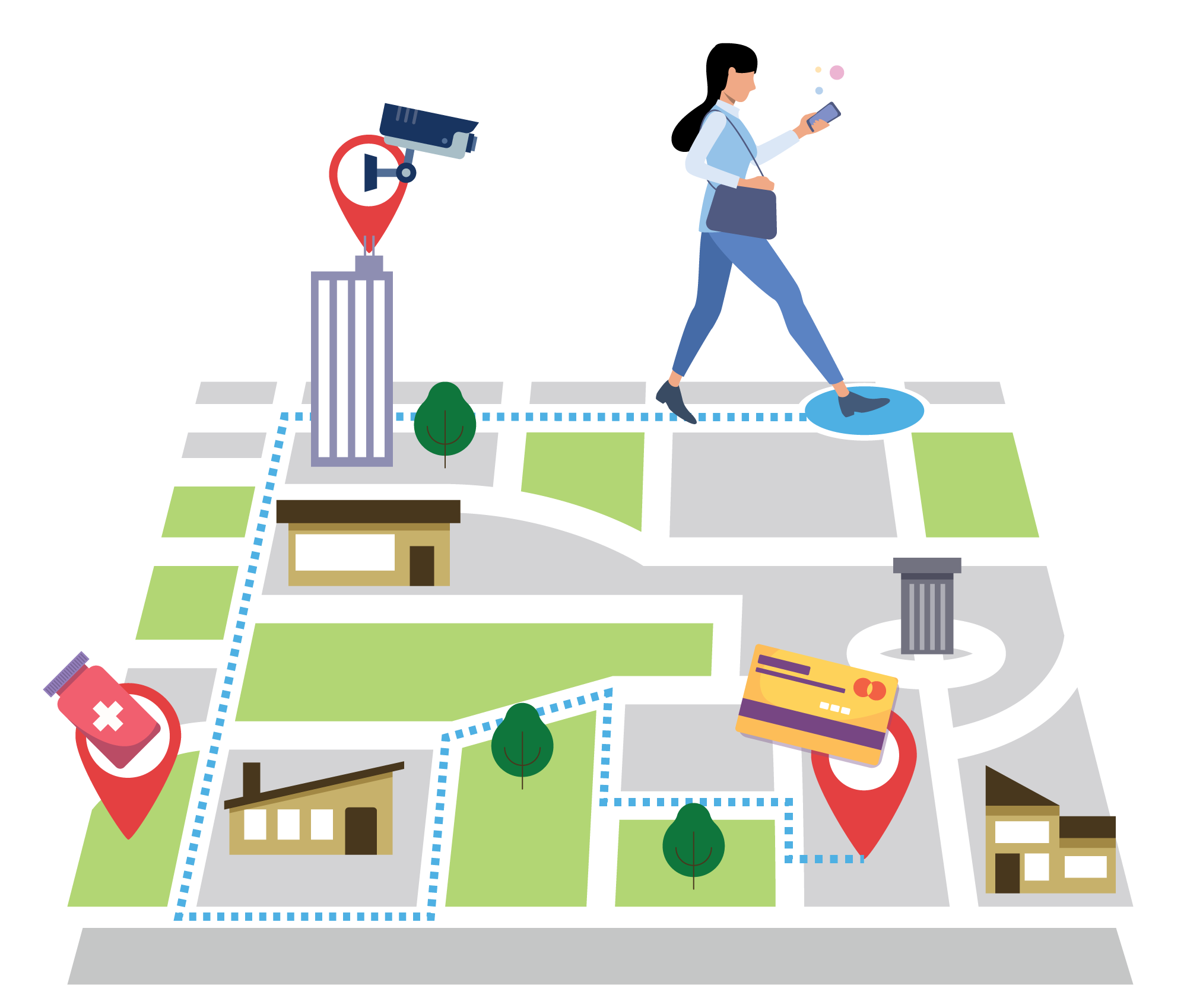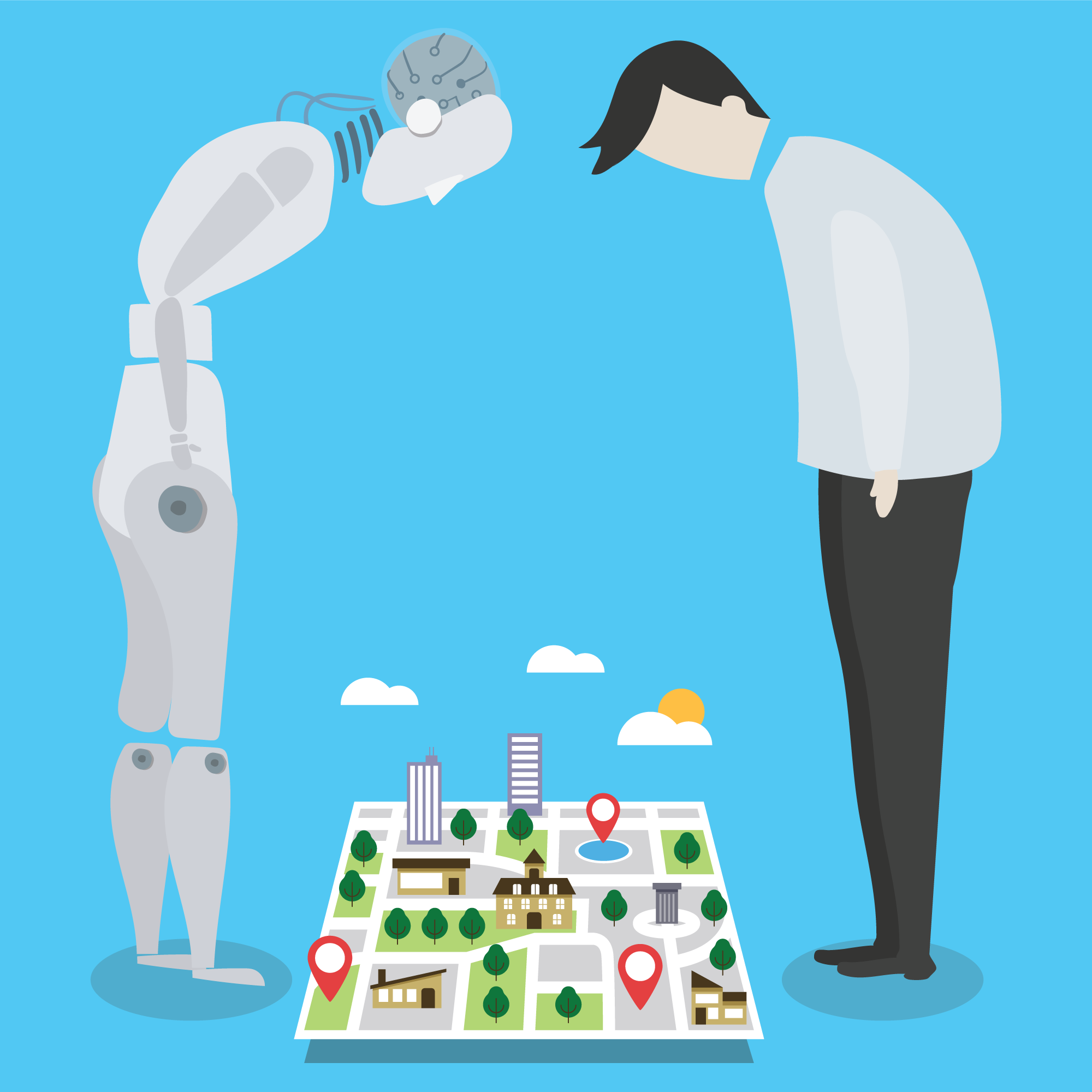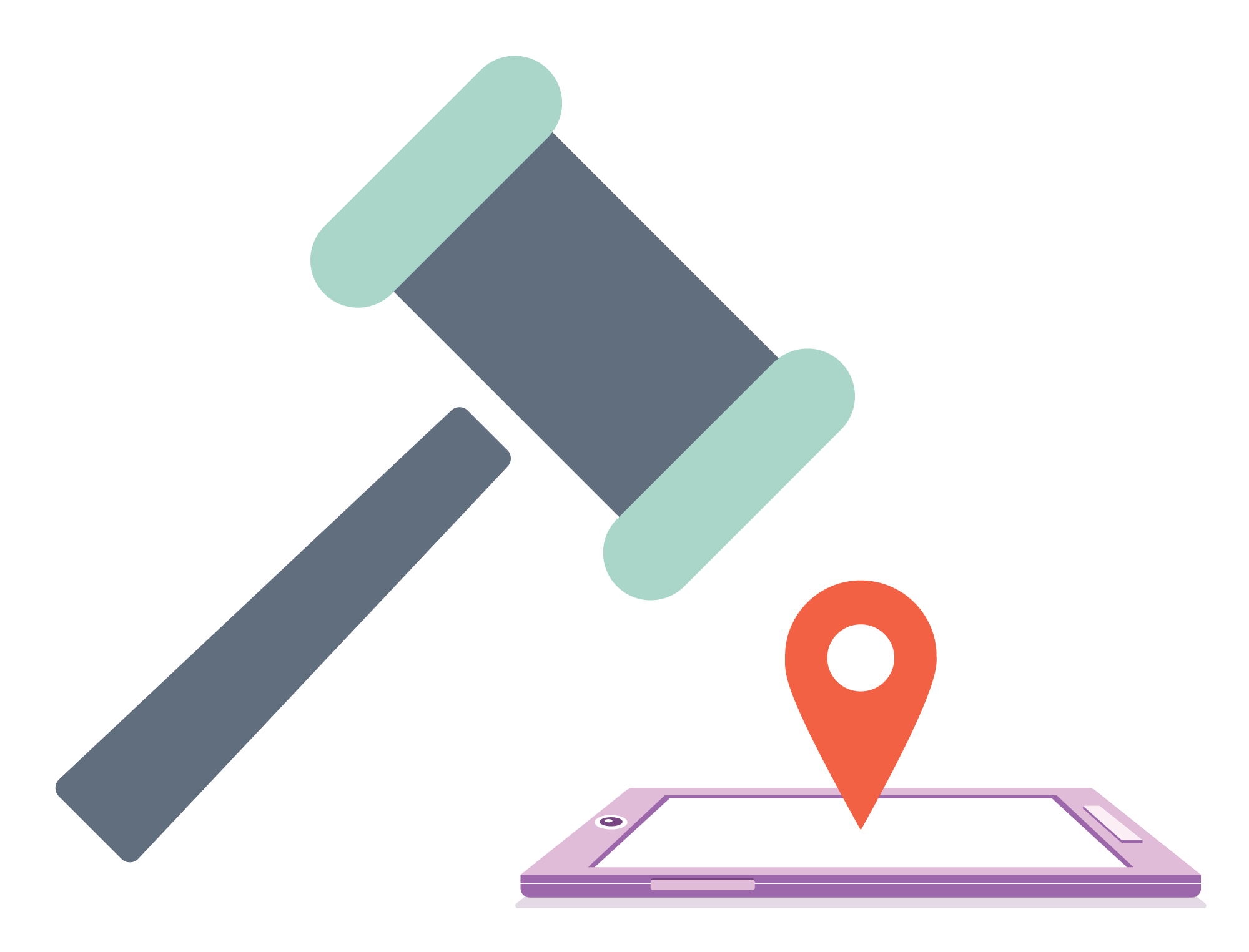How Korea Does Contact Tracing
It’s not an app

South Korea never had a lockdown and yet they beat COVID-19. How did they do it?
The short answer is that it’s a long answer, covered in depth here. For this article, I’ll cover just one part of the puzzle —contact tracing.
This is all based on a report from the COVID Translate Project, and the official Korean government playbook. I recommend reading the whole report, and all the source documents that they’re translating. There’s a lot we can learn from Korea, and news reports miss almost all of it.
When it comes to contact tracing, Korea didn’t reinvent the wheel. They just used technology to dramatically speed it up. The Korean system allowed them to trace contacts in as little as 10 minutes, which is unheard of. It’s like everyone else is on bicycles and Korea has a bullet train.
Here’s how they did it.
Many Data Points
Everyone’s talking about apps. Get everyone to install an app and, boom, contact tracing. That’s not how it works. Korea did not rely on an app for contact tracing. Instead of an app, they used a wide constellation of data.
- Cellular GPS data
- Credit card transactions
- Drug purchase records
- CCTV footage
This was a broad, redundant set of data combed over by trained people. Those people would find and message contacts manually, but the system also released anonymized information to the public. Koreans don’t have to wait for an SMS. They can contact trace themselves.
Through an API (I assume) the anonymized location data is released to multiple third-party sites. Anyone can then see each case on a map, and when the infected person was there. That means you can check your own route and see if you need to get tested or be careful.
There’s no single point of failure here. If the data is missing there are humans, if the humans miss someone there’s crowdsourcing. If you depend on one app then you’re just one buggy deployment away from the plague. Korea has multiple, redundant data points all backed by layers of human bureaucracy and an engaged population. That’s what makes their contact tracing so robust.
Faster Tracing Through Technology

Korea still has contact tracers, they still do interviews, they still do paperwork — the basic system would be recognizable to someone from 1918. The difference is speed. Because all the laws have been written, nobody has to call in a favor at the phone company or get a court order. Because the data is published online, no one has to walk around pasting signs.
I’m pointing this out because, again, none of this is a magic bullet. None of it is automatic. The Korean method was planned, negotiated and legislated in advance. Then those bureaucracies were well-staffed and funded for years, when nothing was happening. Finally, the underlying public health methodology had to be sound before layering technology on top.
It’s an amazing feat, really, and most of it is invisible.
This newly developed system utilizes the cooperation of the police departments, Credit Finance Association, 3 major telecommunication companies, and the 22 credit card companies to update travel and transaction information in real-time.
In addition, analysis of big data is used to automatically determine travel route and location information per specified time period and reflect it visually on a map. It also analyses locations with a large pocket of infection to identify the spreader within that region, in addition to other analytical information.
As the process to do the same task, which once took 24 hours, is now reduced to 10 minutes, it takes a heavy load off the epidemiological surveyors and allows for a much faster and efficient way to react to situations when mass infection occurs.
Ten minutes for contact tracing is crazy. Sometimes it takes me more than 10 minutes to find my phone.
Why Korean Contact Tracing Works
This speed is why Korea was able to avoid lockdowns. Regular contact tracing is effective, but if you wait 24 hours the virus has already spread. Regular contact tracing is also really labor-intensive. After about 100 cases you just can’t and you have to shut down entire cities or the whole country.
In Korea, however, they can track down infected people in minutes and get them off the streets. So the streets can stay open.
Contact tracing is, in effect, their secret weapon. Everybody knows you’re supposed to do contact tracing, but only places like Korea and Taiwan can do it this fast.
Legal Groundwork

All of this is, of course, a privacy landmine. If we enacted a similar system overnight in Sri Lanka, locations would be boycotted or burnt. The system works in Korea because A) the public had hard experience with MERS and B) they democratically created these laws with built-in privacy protections.
For example, the locations can only be tracked for a certain period, have to be anonymized, and only certain people can request and use the information. When the pandemic is over, data will be deleted. This wasn’t a system designed in a panic, it was deliberated democratically and written in law.
Personally, I think that we’ve already given up our privacy for targeted shoe ads, without any protection at all. A legal system for a clear public health purpose is actually a good use of data.
What Other Countries Can Do
I hope I’ve said this enough, but the key insight is speed. All of their technology, all of their bureaucracy is just there to make their response as fast and aggressive as possible. That’s the only way to beat an exponential disease.
Hence the lesson is not to do nothing until you’ve built this perfect system. Do whatever you can right now, work the phones, walk the streets, trace every contact you can. Build the technology and systems in the meantime or, better yet, get the Korean Ambassador on the phone. But understand that they built this system years ago, not in the middle of a pandemic.
I think that too many people just glance at Korea and think ‘OK, we’ll use technology’. Like some magic app, or blockchain, or AI, or some other bullshit. It doesn’t work like that. Korea doesn’t have a tech solution, they have a solution that uses tech. It’s different.
The number one thing I’ve learned from reading the COVID Translate source documents is how diligently they prepared, and how far in advance. It’s not just contact tracing, they setup institutions, stockpiled PPE, wrote plans, rewrote plans — they were ready. Technology is just one part of that puzzle, and you need the whole thing for it to make sense. And, honestly, that’s not going to happen right now.
Right now just do what you can. Next time, do like Korea.
You can read the whole research report by SeungCheol Ohk et al at the COVID Translate Project.
You can read my review of their translation of the official Korean Playbook here:
